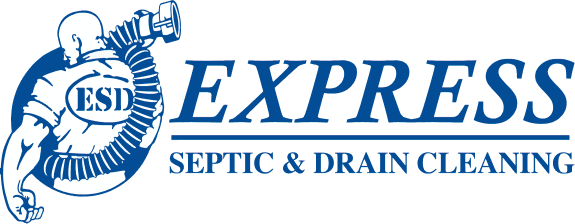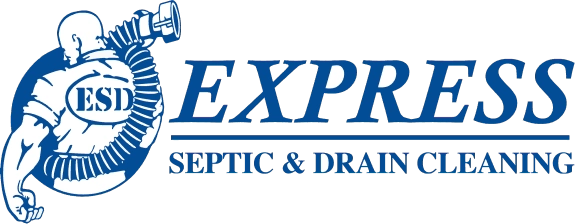Lift stations are not something a homeowner or business owner thinks about until something goes wrong. A lift station is used to pump wastewater or sewage from a low level to a higher level when the gradient of the area does not allow for a natural flow.
What Are Lift Stations?
When gravity does not work to your benefit. Lift stations can help move sewage from the collection area to a distant septic system or sewer.
- Lift stations are essential for areas with unfavorable gradients.
- Key components of a lift station: the wet well and the controls.
- The wet well is the basin where inflow is discharged, and pumps are located.
- The control panel is the brain of the lift station.
How Lift Stations Work
Understanding the functionality of lift stations:
- Sewage is stored in a pit.
- When the sewage reaches a certain level, electrical instruments activate the pump.
- The pump discharges the sewage to its next destination.
- Lift stations are underground to prevent health risks from sewage gases like methane and hydrogen sulfide.
- Existing lift stations require professional consultation to ensure pump efficiency.
The Importance of Maintenance
A professional can also ensure proper maintenance of your lift stations. The pumps, electronic controls, and electrical system are all in a constant corrosive environment, so lift stations require maintenance to head off the need for costly repairs.This includes inspecting components just like you would for your septic system.
Proper maintenance – They should also be cleaned to prevent solids and grease buildup. Inspection of the pumps, greasing of the check valves, and inspections and cleaning of the floats to assure proper performance. Also included in an inspection of all electrical motor-control equipment and the basin, clean outs, and covers to prevent buildup.


